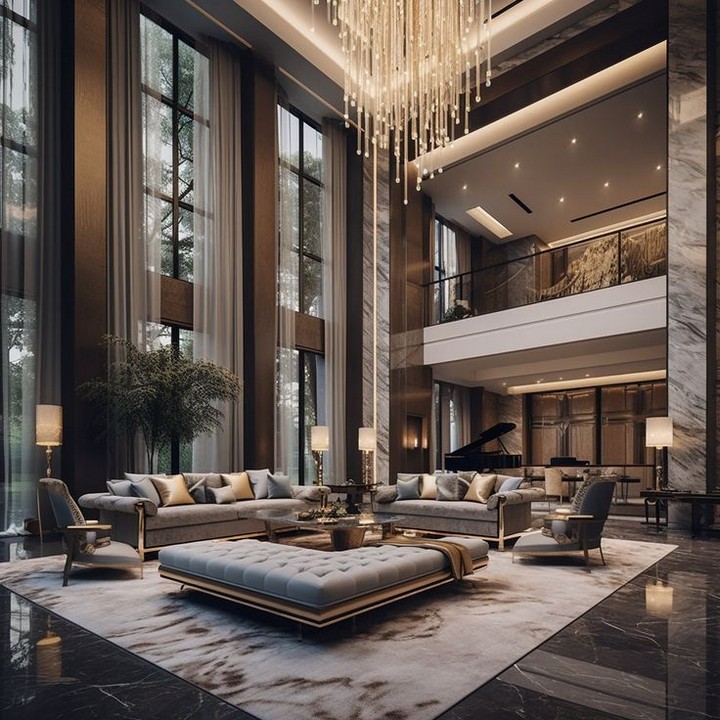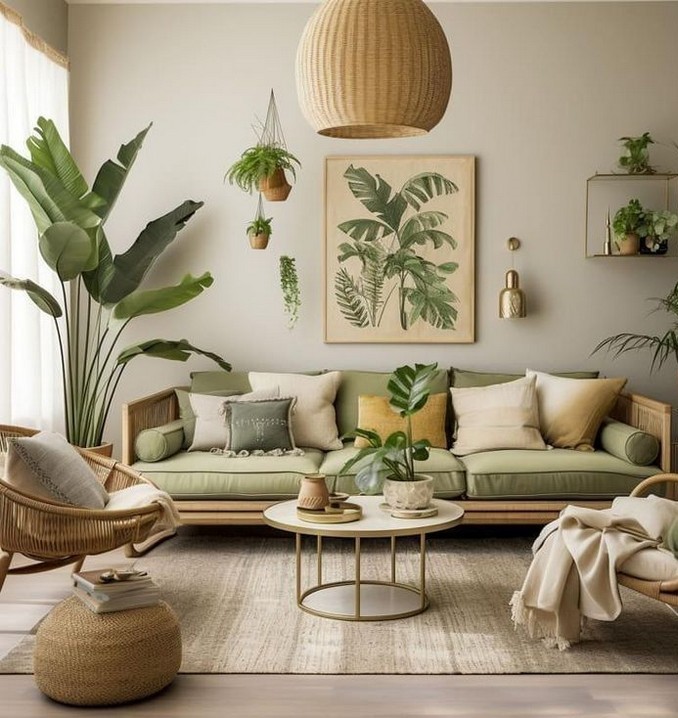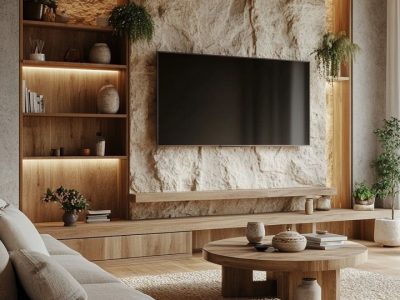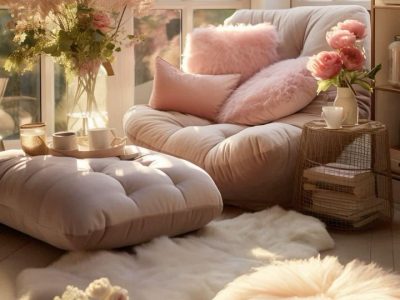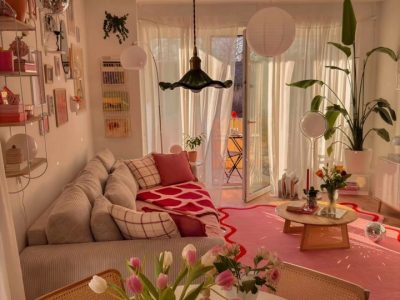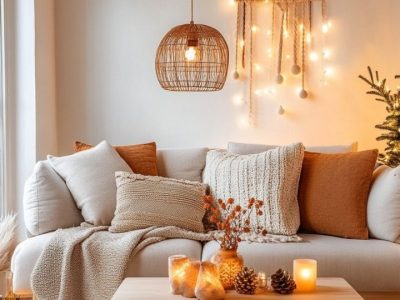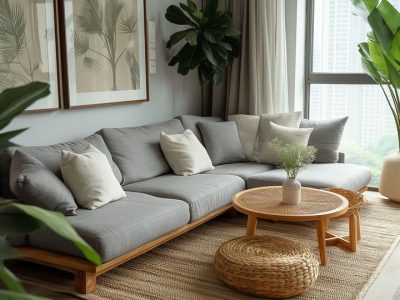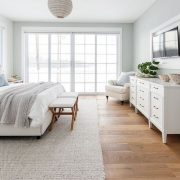In today’s fast-paced world, where clutter and overstimulation are commonplace, the minimalist living room offers a refreshing retreat. Emphasizing simplicity and functionality, minimalist design helps create serene, orderly spaces that are both aesthetically pleasing and practical. For those with small living rooms, minimalist design principles can be particularly effective, making even the tiniest spaces feel open, airy, and inviting. Here’s how to achieve a minimalist look in a small living room while maximizing both style and utility.
1. Prioritize Essential Furnishings
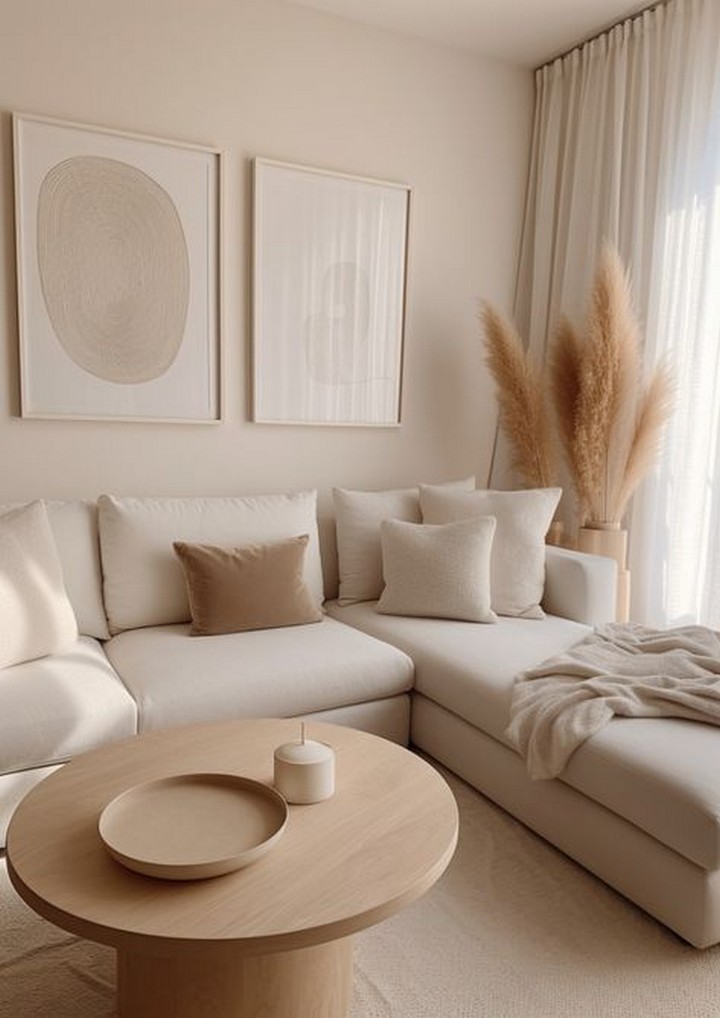
In a minimalist small living room, every piece of furniture should serve a purpose. Choose pieces that are functional and versatile. Opt for a sleek, compact sofa that provides comfort without overwhelming the space. Consider furniture that offers storage solutions, such as a coffee table with drawers or an ottoman that doubles as a storage unit. Keep the number of items to a minimum to maintain an uncluttered environment.
2. Embrace a Neutral Color Palette
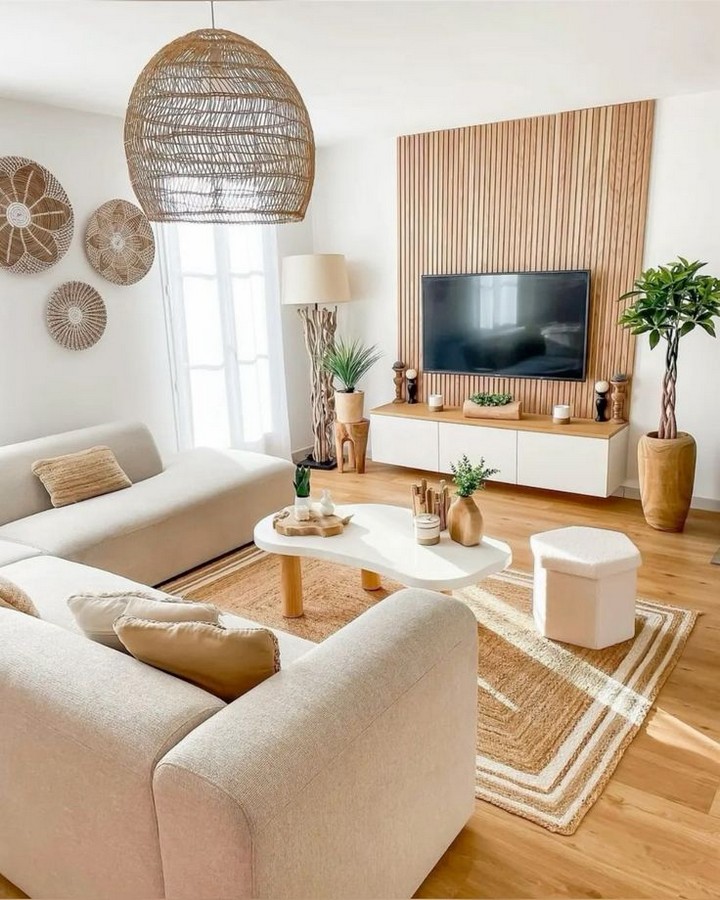
A neutral color palette is a cornerstone of minimalist design. Colors such as white, beige, gray, and soft taupe create a sense of openness and calm. Light colors reflect natural light, which helps make a small room feel more spacious. Use a monochromatic scheme to unify the space, and incorporate different shades and textures to add subtle depth and interest.
3. Opt for Streamlined Furniture
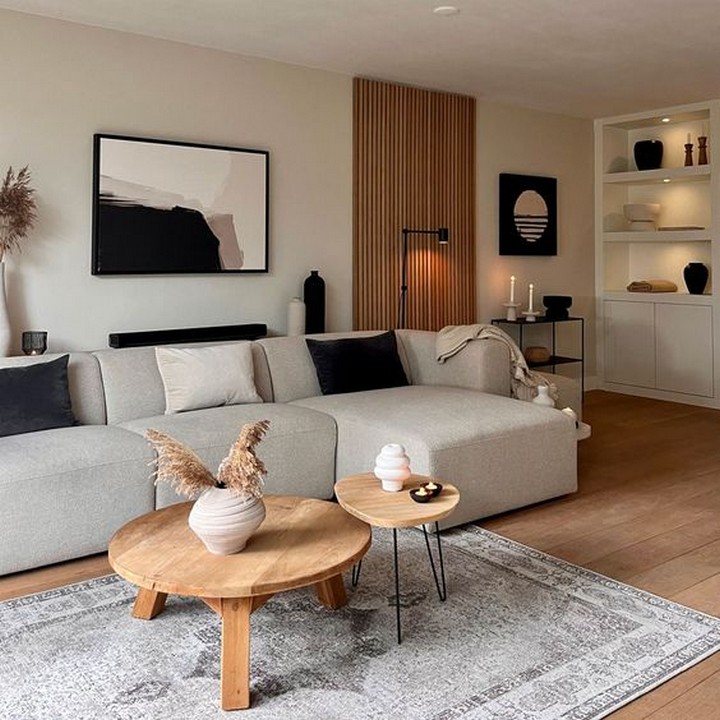
Furniture with clean lines and simple shapes is ideal for a minimalist living room. Avoid ornate or overly decorative pieces. Instead, choose modern, streamlined furniture that complements the space without drawing too much attention. A low-profile sofa, a simple coffee table, and minimalist shelving can all contribute to a sleek, uncluttered look.
4. Focus on Quality over Quantity

In minimalism, less is often more. Rather than filling your small living room with numerous items, invest in a few high-quality pieces that offer both style and durability. A well-crafted sofa, a stylish rug, or a statement piece of art can enhance the room without overcrowding it. High-quality items tend to age gracefully and provide a timeless aesthetic.
5. Utilize Smart Storage Solutions
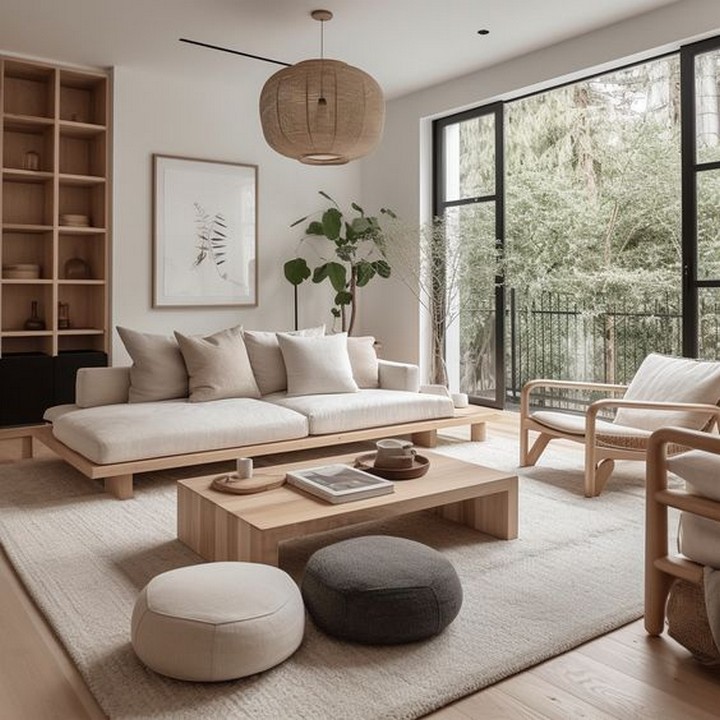
Effective storage is crucial in a minimalist small living room. Look for multi-functional furniture that incorporates storage, such as a TV stand with built-in shelves or a bench with hidden compartments. Use wall-mounted shelves to keep the floor space clear and create a sense of openness. Baskets and boxes can help keep essentials organized and out of sight.
6. Incorporate Subtle Textures
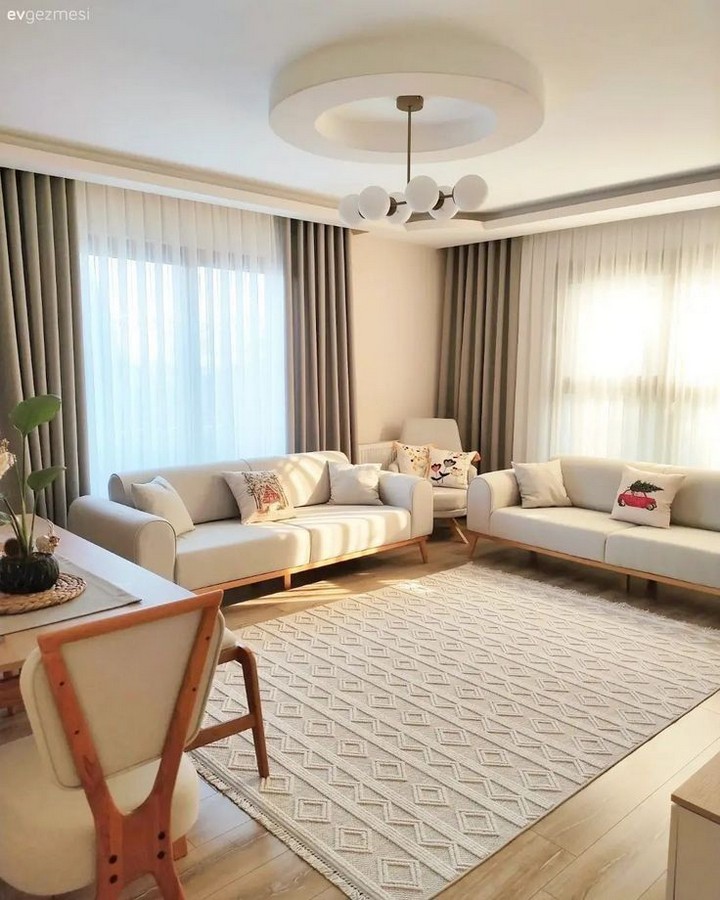
While minimalism favors simplicity, incorporating subtle textures can add warmth and depth to a small living room. Choose soft textiles like a wool throw blanket or a plush area rug to create a cozy atmosphere. Textured cushions or a woven wall hanging can also add visual interest without overwhelming the space.
7. Maximize Natural Light
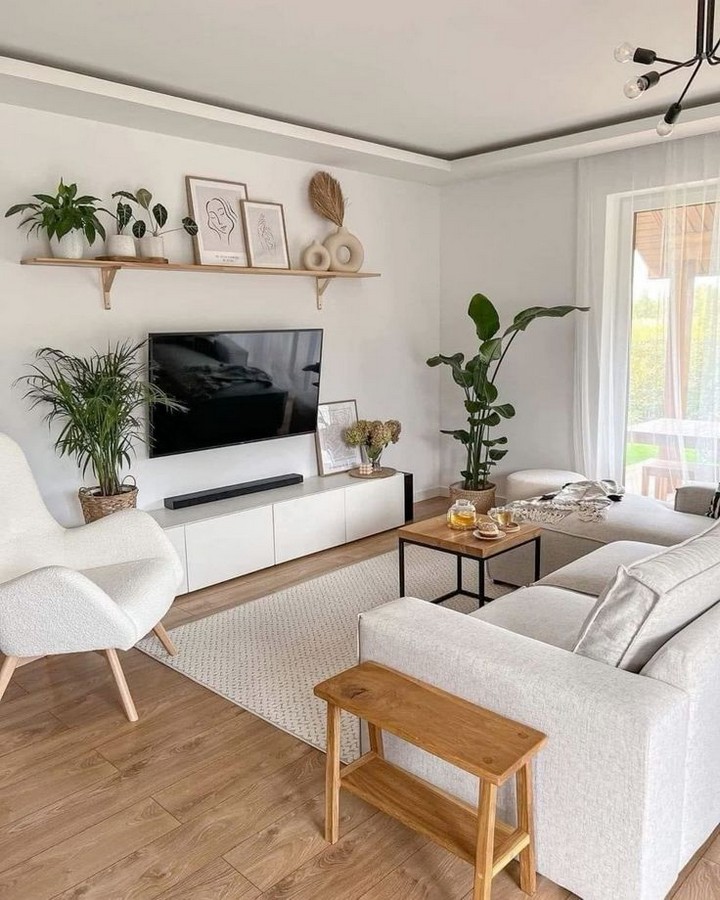
Natural light plays a significant role in enhancing the sense of space in a small living room. Keep window treatments light and airy, or opt for sheer curtains that allow plenty of light to filter through. Reflective surfaces, such as mirrors or glass elements, can help bounce light around the room, making it feel brighter and more open.
8. Keep Decor Minimal

When it comes to decor, less is definitely more in a minimalist living room. Choose a few carefully selected accessories, such as a single piece of art or a sculptural vase, rather than a collection of knick-knacks. Use these items to add personal touches and create focal points without cluttering the space.
9. Create a Sense of Flow
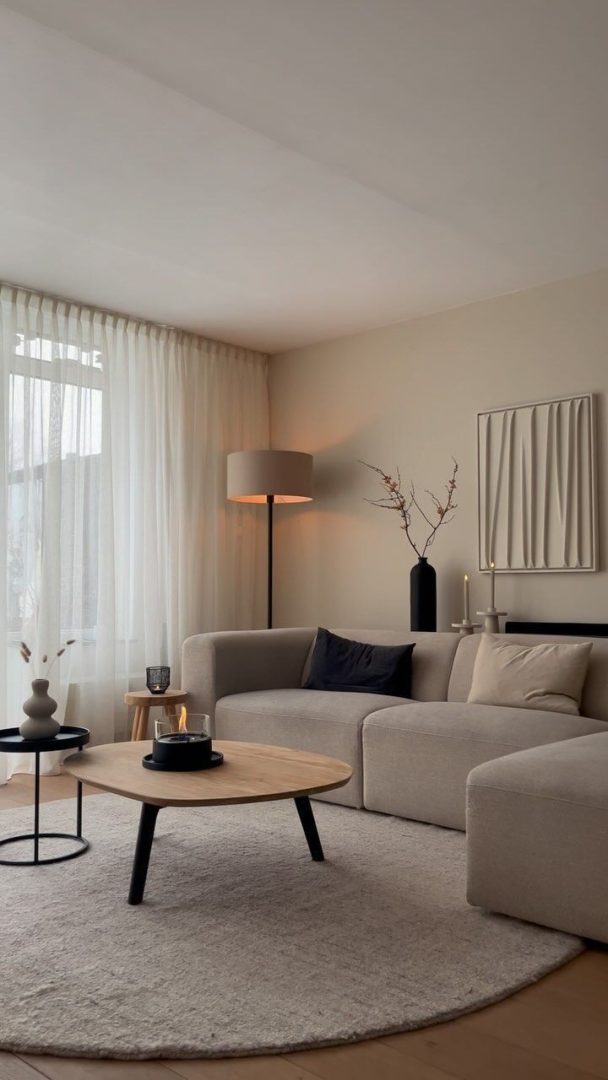
In a minimalist design, creating a sense of flow and openness is essential. Arrange furniture to facilitate easy movement around the room. Avoid blocking pathways or creating obstacles. An open layout helps maintain the room’s airy feel and ensures that the space feels functional and accessible.
10. Add Greenery for a Fresh Touch
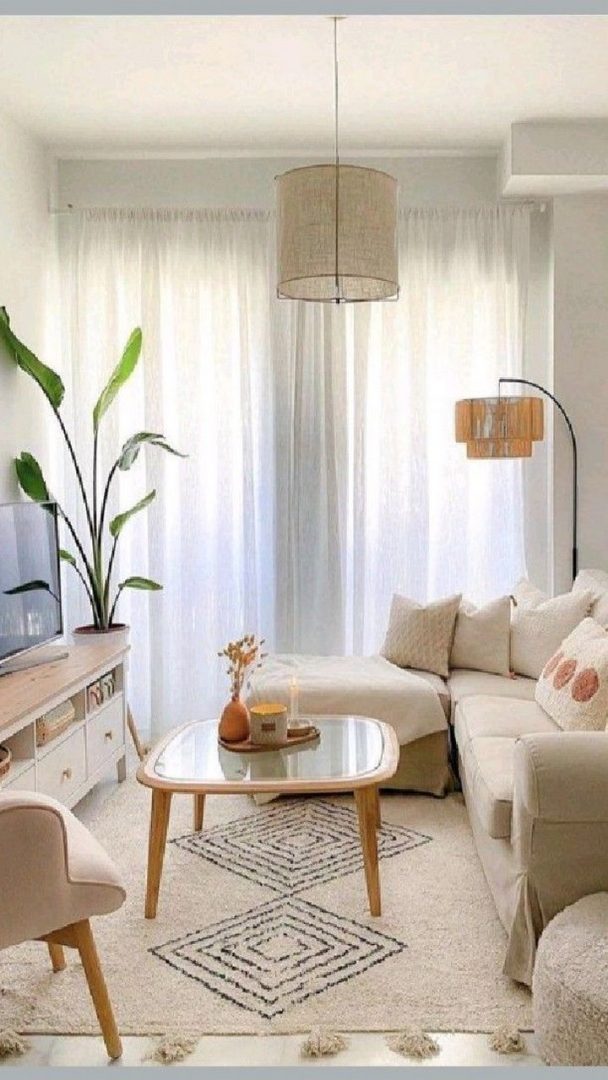
Incorporating plants into your minimalist small living room can add a touch of life and freshness without compromising simplicity. Choose low-maintenance plants that fit your space, such as a small potted fern or a succulent. The addition of greenery can bring a natural element to the room and enhance the overall ambiance.
A minimalist small living room is a testament to the beauty of simplicity and the art of functional design. By prioritizing essential furnishings, embracing neutral colors, and utilizing smart storage solutions, you can create a space that feels open, inviting, and stylish. Incorporating subtle textures, maximizing natural light, and maintaining a sense of flow further enhance the minimalist aesthetic. With these principles, even the smallest living room can be transformed into a serene, clutter-free sanctuary that reflects the elegance and practicality of minimalist design.


